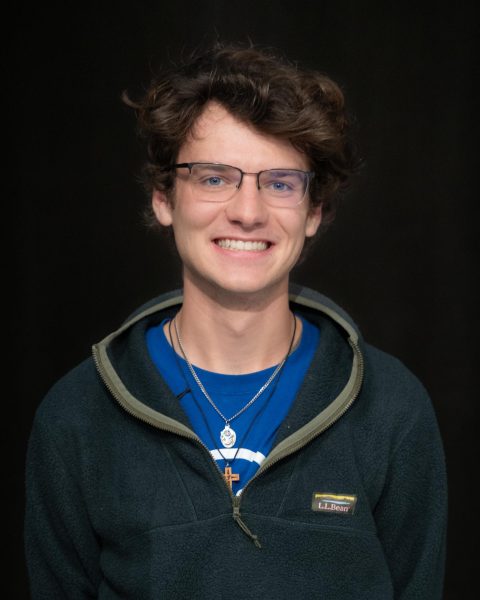First celebrated nationally in the United States on April 22, Earth Day’s debut demonstration observed 20 million people advocating for environmental awareness. Earth Day was first conceived by Wisconsin native and former senator and governor Gaylord Nelson.
Nelson, who was inspired by former Wisconsin governor “Fighting” Bob Lafollette’s progressive mentality, worked for environmental prosperity. As governor, he helped found the Outdoor Recreation Acquisition Program which purchased one million acres of land for parks in Wisconsin.
During his time as a senator he worked alongside former Presidents John F. Kennedy, Lyndon B. Johnson and Richard Nixon and championed for environmentalism.
When working with Kennedy, Nelson went across the nation on a tour of the United States visiting areas across 11 states in five days. However, Nelson felt dissatisfied with the nature expedition because of the response from Kennedy, who was tied up with foreign affairs at the time.
So Nelson turned his interest from working with politicians to working with the public. Environmental disasters such as the Santa Barbara oil spill off the coast of California and the Cuyahoga River Fire of Cleveland, Ohio in 1969 painted an explicit picture of the pollution issue.
These events pushed environmental awareness to the forefront and united demographics to understand the impact humanity has on the environment. By the 1970s, 70% of surveyed Americans said that air and water pollution were a serious problem where they lived. In response, Nelson orchestrated a national grassroots protest April 22, 1970, which was celebrated as the first Earth Day.
That Earth Day people marched the car-free streets of New York. Some wore face masks to shed light on poor air quality and pollution. The protest in Chicago saw people holding black balloons with “gasp” written on them and after their protest in Civic Center Plaza, there was no litter left behind.
Dichlorodiphenyltrichloroethane is a toxic chemical that was used as an insecticide for crops. However it was banned in 1972 for its dangers to the environment and was a main subject in the book “Silent Spring,” by Rachel Carson, which was a key contributor in raising awareness. The chemical was accidently consumed by people and had lasting effects on their health.
In Milwaukee during 1970, Earth Day observers nominated substitutions for DDT such as ladybugs, toads and the praying mantis.
This national green gathering was heard all the way in Washington, D.C. and brought bureaucrats to think critically about their involvement in protecting the environment. The Clean Air Act of 1970, Clean Water Act of 1972 and other pro-environmental protection laws were catalysts for reducing pollution and restoring nature.
The United States Environmental Protection Agency was also established at this time, December 1970. Responsible for conducting research on environmental improvement, the EPA inspects for clandestine pollutants. It has set standards on water and air quality in collaboration with states.
By the 1990s, Earth Day had gone global, and was celebrated in more than 140 countries. This brought environmental issues to the world platform. In 1992 the United Nations had an Earth Summit in Rio de Janeiro, heralding the impact socio-economic humanity had on the environment.
“In establishing Earth Day, Gaylord Nelson helped us to recognize that our fragile environment was increasingly at peril and that each of us could make a difference,” former President Bill Clinton said.
In 1995 Nelson was awarded the Presidential Medal of Freedom by Clinton for establishing Earth Day.
After his days as a U.S. politician, he shifted his perspective and became a member of the Wilderness Society. The Society has over 100 million acres of protected wilderness in 44 states. They even have a regional office in Stevens Point, Wisconsin.
“Gaylord Nelson is an inspiration to all of us at The Wilderness Society,” Jon
Roush, president of The Wilderness Society, said. “We are blessed by his experience, wisdom and vision and we feel particularly proud that President Clinton has honored him in this extraordinary way.”
Nowadays Earth Day is celebrated almost around the entire world and is considered the largest international demonstration with over one billion people celebrating in modern times. Some have their own traditions and plant trees, pick up litter or reduce their carbon footprint.
Student organizations such as Students for an Environmentally Active Campus offer engaging opportunities.
“SEAC has taken numerous efforts to get students involved in activism around
Milwaukee! We host beach and campus cleanups, have attended local protests for environmental
action!” Miriam Schwabe, a sophomore in the College of Arts & Sciences, said in an email.
This story was written by Connor Baldwin. He can be reached at [email protected]





